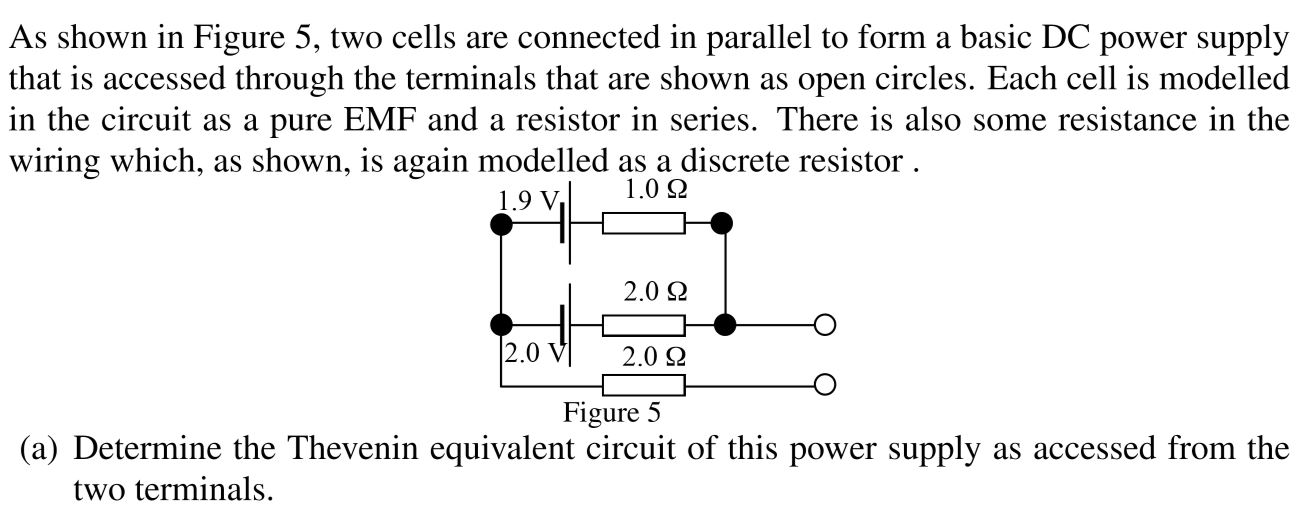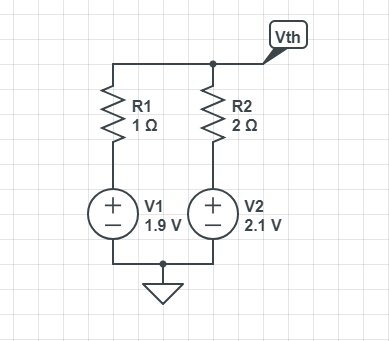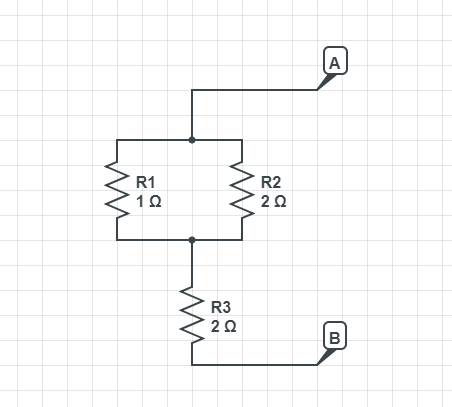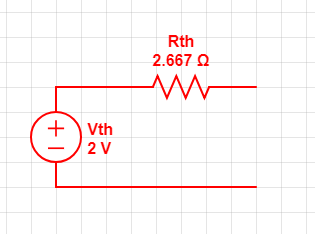I am tasked with the following exercise:
I am still finding Thevenin equivalent circuits challenging, and this example looks a bit daunting since it seems to have an external loop.
Hopefully, I made the correct assumption (though I could very much be wrong) that I only needed to find the equivalent circuit of the OPEN LOOP of this circuit. Namely, creating a thevenin equivalent circuit of this:
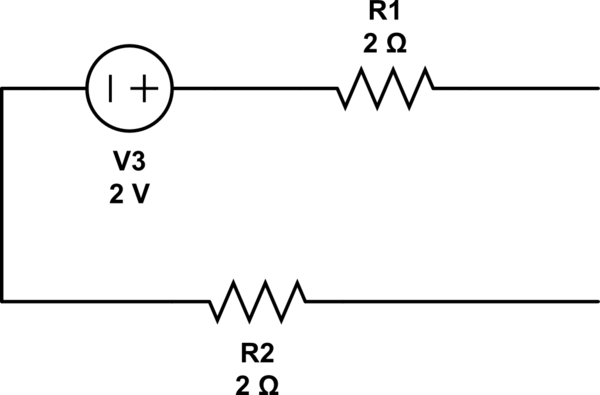
simulate this circuit – Schematic created using CircuitLab
Which led me to getting the following Thevenin Equivalent circuit:
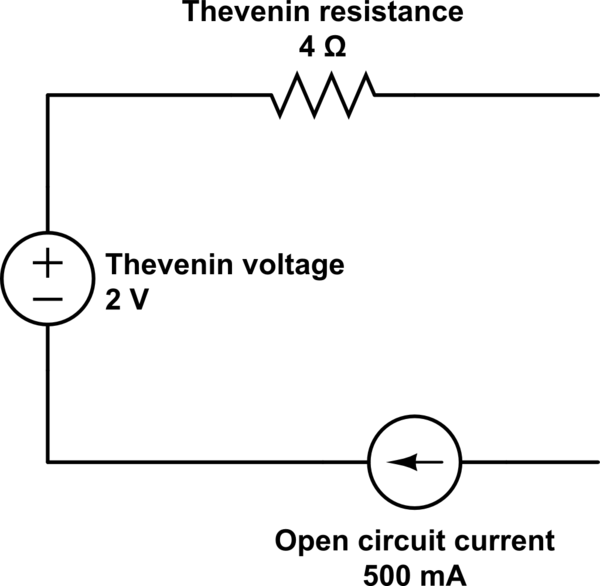
Was my assumption correct? If not, how do I account for this? For example, this external circuit would make finding the open circuit voltage no different, I would think.

